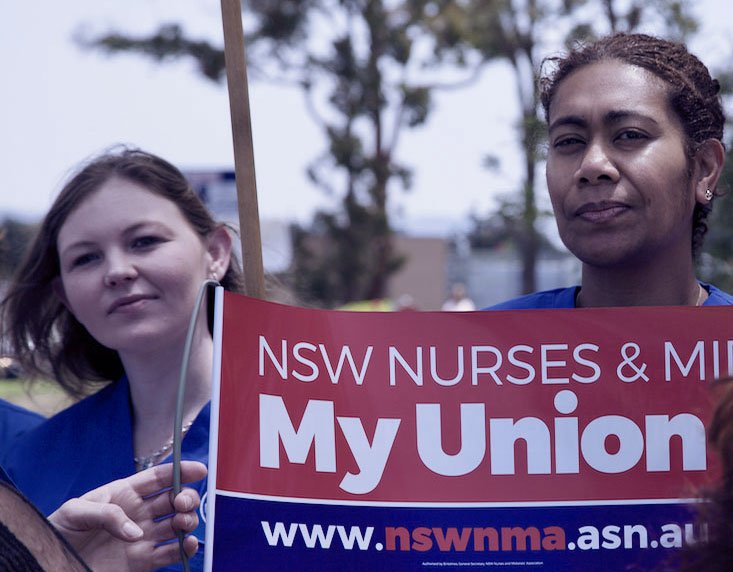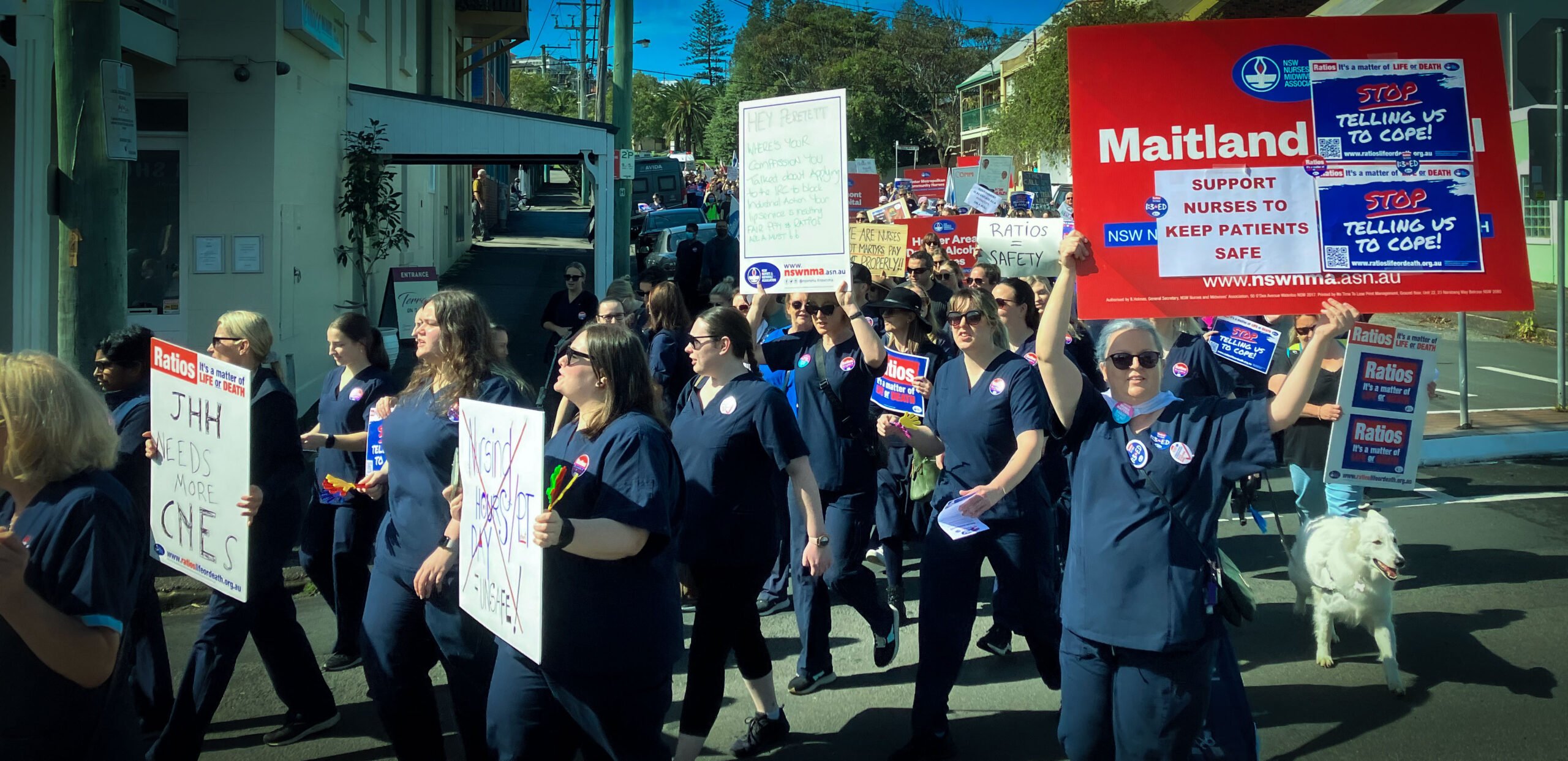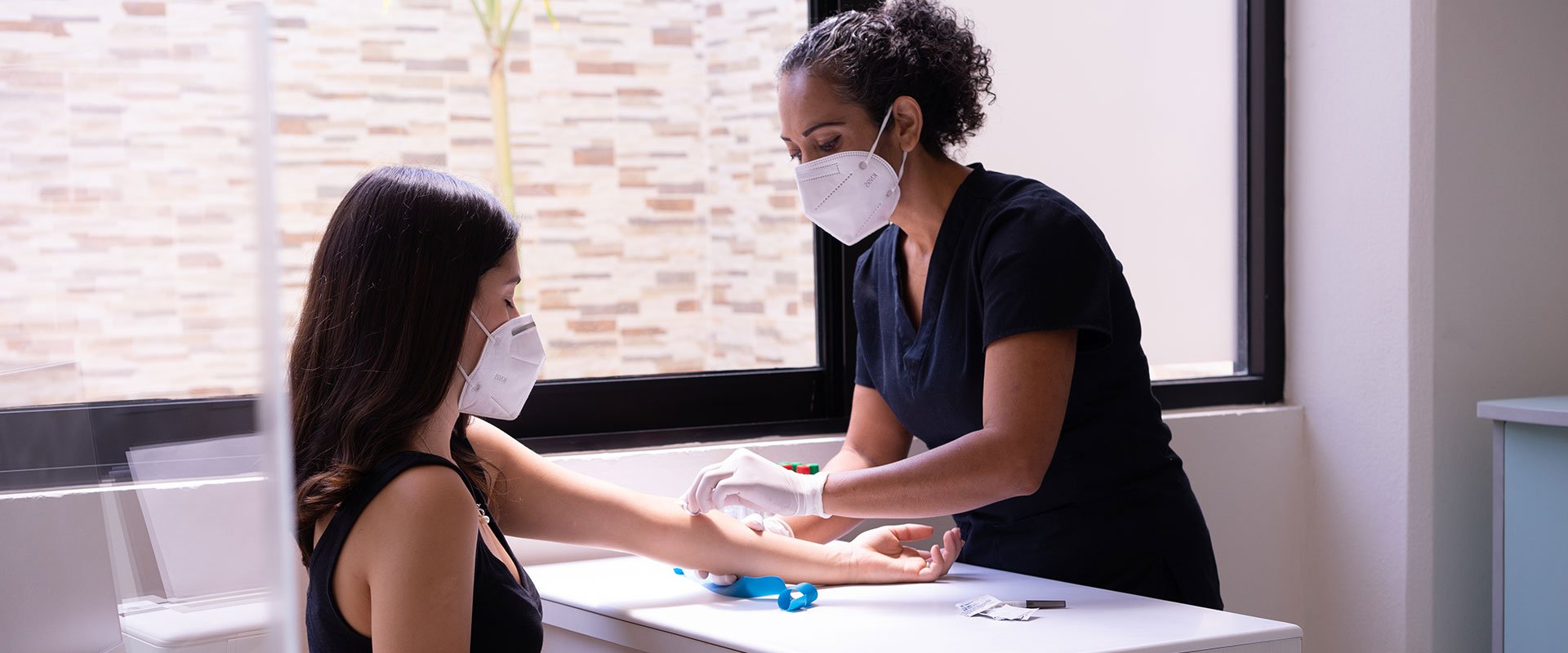Individual remedies are no solution to job-related stress.
Nurses who suffer job-related stress should get together to try to change unsatisfactory working conditions rather than rely on individual solutions.
That’s the advice from a panel of experts brought together by WorkCover to develop guidelines for preventing and managing stress in the workplace.
The panel, which included representatives of the Nurses’ Association, said effective union representation at the workplace was a key factor in preventing stress.
‘A strong local union presence is needed to ensure a reasonable workload, which is essential to reduce and manage stress,’ said NSWNA Assistant General Secretary Judith Kiejda.
‘All public sector nurses have a legal right to a reasonable workload. Hospital nurses can make use of the workloads committee to calculate and manage reasonable workloads in their ward or unit.
‘Nurses who are under stress because of workloads should approach the local branch of the Association or one of the workforce representatives on the workloads committee.’Judith said public and private sector nurses with no access to a local union branch should contact the Association directly for help from an organiser.
‘Stress at work can lead to serious health problems, and stressed workers are more likely to have accidents,’ she said.
‘We encourage nurses to raise questions about the sources of stress in their workplaces, and to work together to overcome them.
‘Nurses should feel they have the right to speak up about stress, because the source of the problem is usually workplace conditions, not the individual.
‘Stress can only be tackled successfully if it is treated as a work organisation and people management issue, rather than a medical and workers compensation issue.’
Did you know?
Stress can result from risk factors such as exposure to violence and abuse, workloads, critical incidents, poor staffing and skill mix, long hours, mismatch between the job and skill level, bullying, workplace restructuring and job uncertainty, and lack of communication and consultation by management.
As with any occupational risk, the causes of stress need to be identified, assessed and eliminated or controlled at their source in consultation with employees.
A stressful workplace can result in fatigue, anxiety, headaches, insomnia, dizziness, panic attacks, depression, cardiac disorders and backache.
There is growing confirmation of the role of stress in heart disease, hypertension, skin diseases, gastrointestinal and muscular disorders, and weakening of the immune system.
All workplaces should have an EAP program or peer support that nurses can use to help them deal with stress.
But in the end, like Work, Health and Safety hazards generally, specific sources of risk should be reported so that they can be dealt with.
This could mean any one of a number of actions including reporting a hazard using the OHS incident reporting system, using the formal grievance procedure, using the workloads committee at your workplace, or approaching your local NSWNA branch for support.







